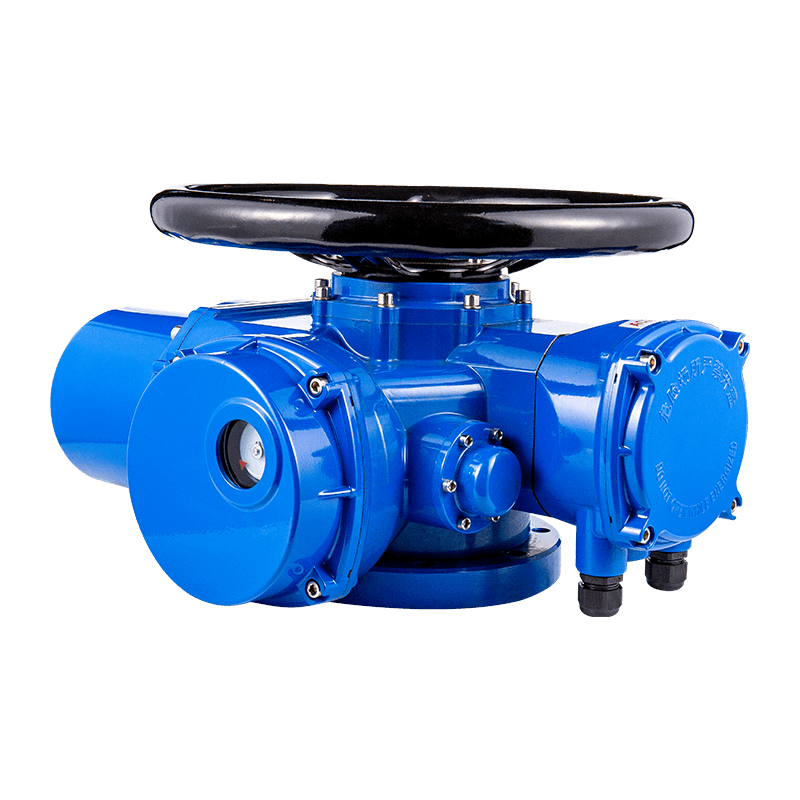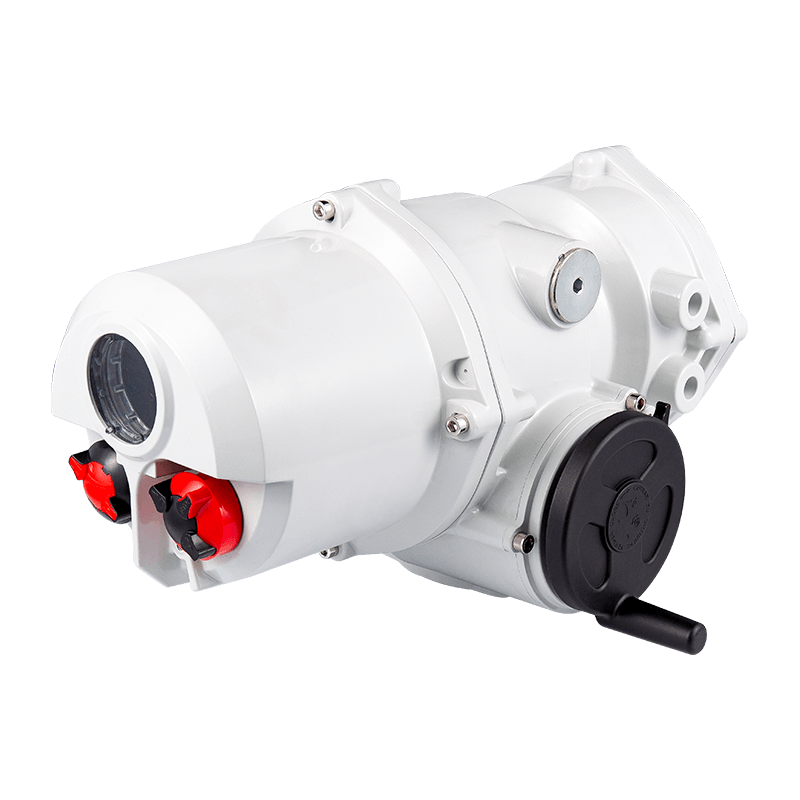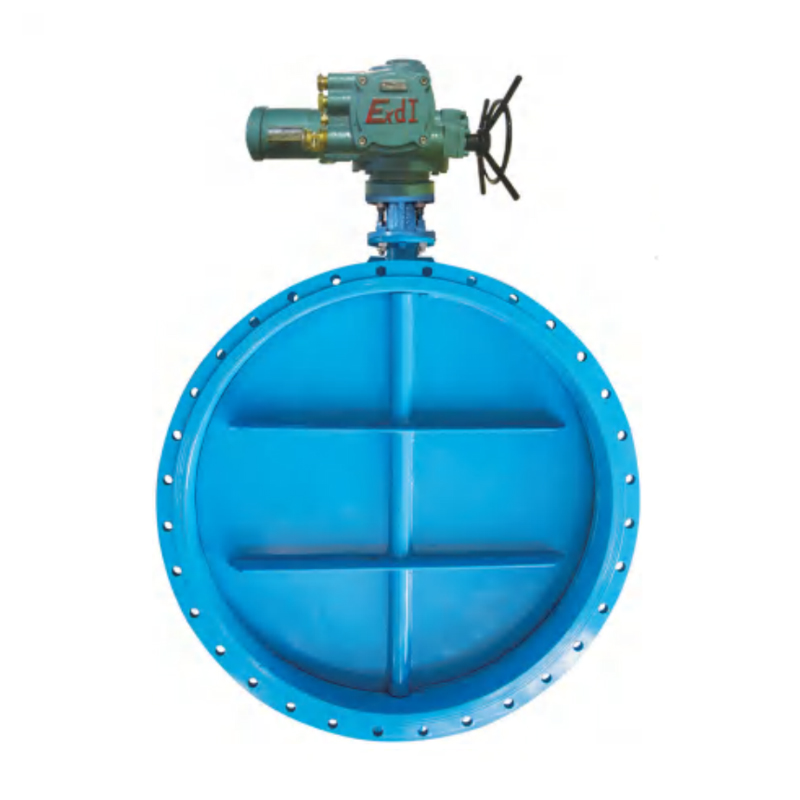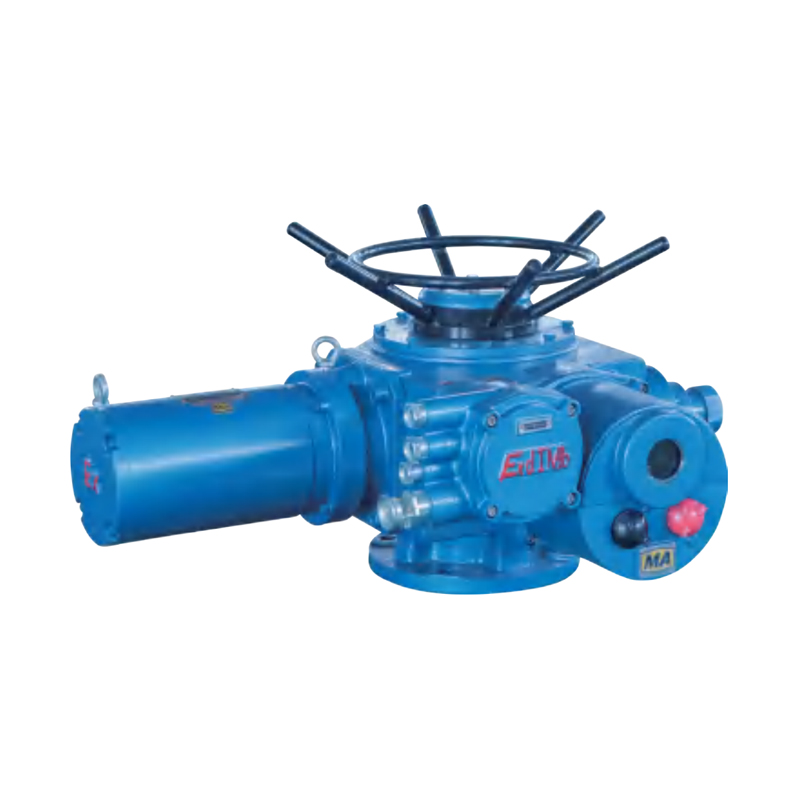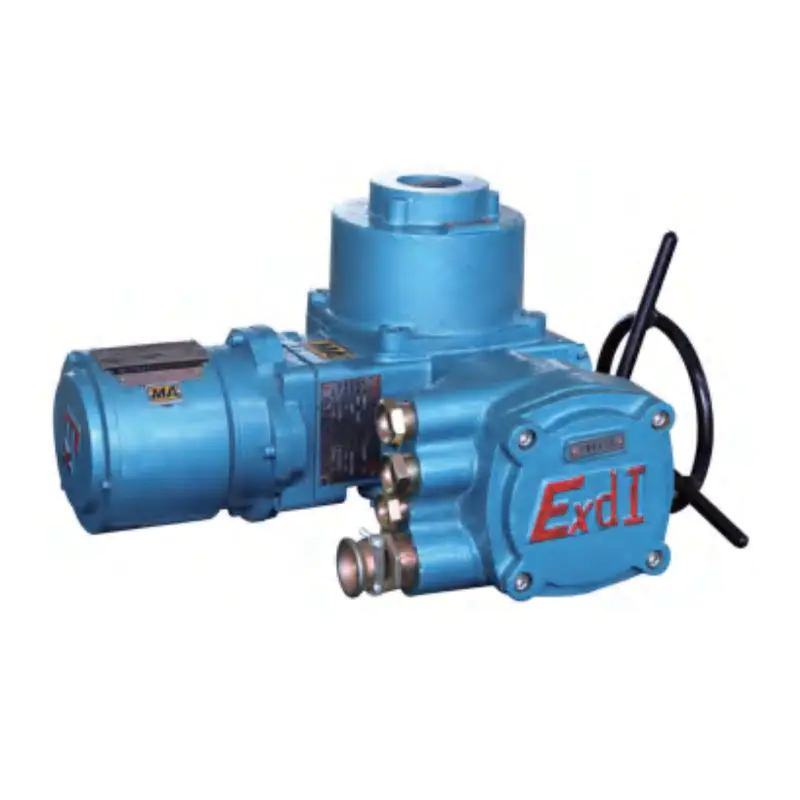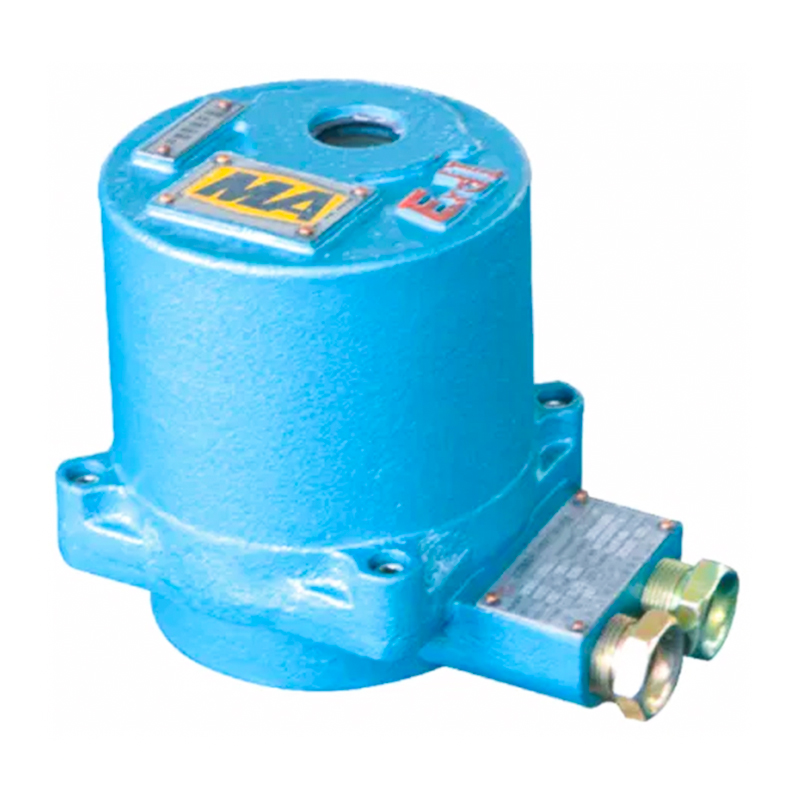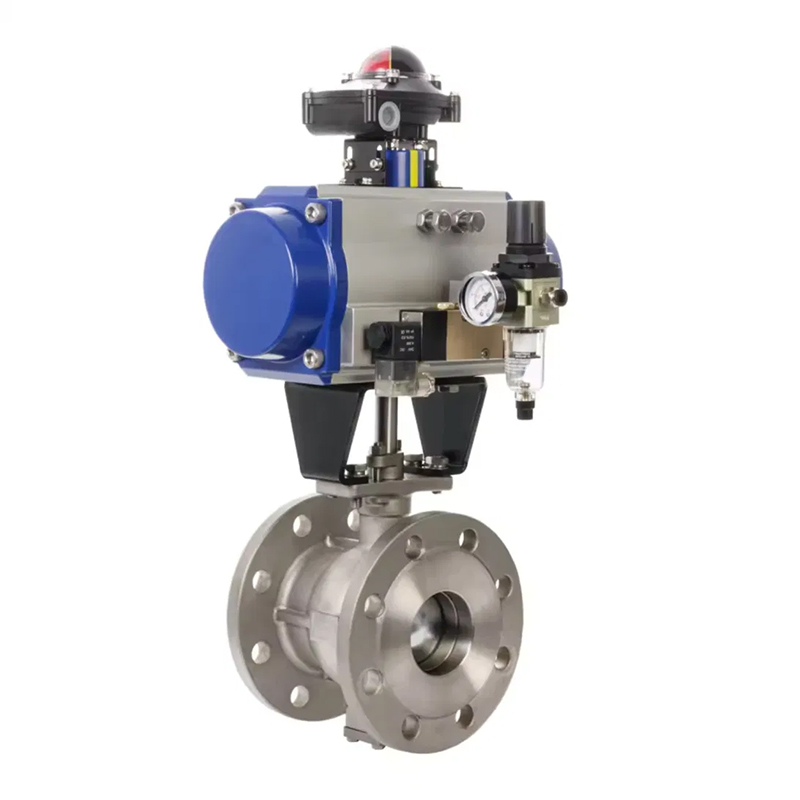0086 15335008985
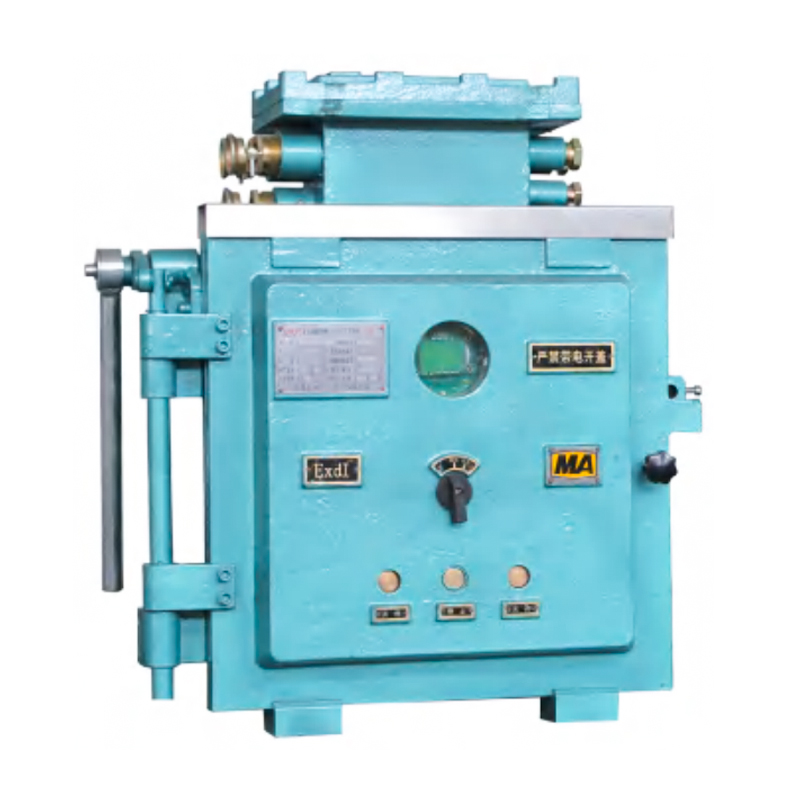
How Does a Coal Mine Control Box Enhance Safety and Efficiency?
The coal mining industry operates in one of the most hazardous environments, where safety and operational efficiency are paramount. At the heart of many modern mining operations is the coal mine control box, a critical component that ensures smooth, automated, and secure management of mining equipment.
Key Functions of a Coal Mine Control Box
A coal mine control box serves as the nerve center for managing various electrical and mechanical systems within a mining operation. Its primary role is to monitor, regulate, and control mining equipment such as conveyor belts, ventilation systems, pumps, and drilling machinery. By integrating with sensors and programmable logic controllers (PLCs), the control box ensures that all connected systems operate within safe and optimal parameters.
One of the most crucial functions of the control box is real-time monitoring. It continuously collects data on equipment performance, environmental conditions (such as gas levels and temperature), and power consumption. If any parameter exceeds predefined thresholds, the system can trigger alarms or automatically shut down machinery to prevent accidents. For example, in the event of a methane buildup, the control box can halt operations and activate ventilation systems to mitigate explosion risks.
Additionally, the control box facilitates automation, reducing the need for manual intervention in repetitive or dangerous tasks. Automated conveyor belt control, for instance, ensures consistent material transport while minimizing human exposure to hazardous zones. This not only improves efficiency but also reduces the likelihood of human error, a common factor in mining accidents.
Safety Features and Regulatory Compliance
Given the extreme conditions in coal mines—including flammable gases, dust, and high humidity—the design of a coal mine control box must adhere to stringent safety standards. These systems are typically built with explosion-proof enclosures, which prevent internal sparks or electrical faults from igniting surrounding gases. The materials used are often ruggedized to withstand vibrations, moisture, and corrosive elements commonly found in underground mines.
Compliance with international safety regulations is another critical aspect. Standards such as ATEX (EU) and IECEx (international) dictate the construction and performance requirements for equipment used in explosive atmospheres. A properly certified control box ensures that it can operate safely in hazardous zones without posing additional risks.
Beyond hardware safeguards, modern control boxes incorporate fail-safe mechanisms. For instance, redundant power supplies and backup control circuits ensure that the system remains operational even if one component fails. Emergency stop functions are also integrated, allowing for immediate shutdown in critical situations. These features collectively enhance the reliability of mining operations while protecting workers from potential hazards.
Technological Advancements in Modern Control Boxes
The evolution of industrial automation and the Internet of Things (IoT) has significantly enhanced the capabilities of coal mine control boxes. Today’s systems are increasingly equipped with smart sensors and wireless connectivity, enabling remote monitoring and control. Supervisors can now access real-time data from surface-level control rooms, reducing the need for personnel to enter high-risk areas for routine checks.
Another major advancement is the integration of predictive maintenance algorithms. By analyzing historical and real-time performance data, the control box can predict potential equipment failures before they occur. For example, unusual vibrations in a motor or a gradual rise in temperature can trigger maintenance alerts, allowing repairs to be scheduled proactively. This minimizes unplanned downtime and extends the lifespan of mining machinery.
Furthermore, some advanced control boxes support machine learning for optimizing energy consumption. By adjusting motor speeds and conveyor operations based on real-time load requirements, these systems help reduce power wastage—a significant cost factor in large-scale mining operations.
Challenges and Maintenance Best Practices
Despite their advanced features, coal mine control boxes are not immune to challenges. Harsh environmental conditions, such as excessive dust and humidity, can degrade electrical components over time. Frequent mechanical shocks from nearby drilling or blasting operations may also loosen connections or damage circuitry.
To mitigate these issues, regular preventive maintenance is essential. This includes inspecting and cleaning internal components to prevent dust accumulation, checking for corrosion, and verifying the integrity of wiring and seals. Since many control boxes are installed in hard-to-reach locations, using modular designs with easily replaceable parts can simplify maintenance tasks.
Another common challenge is electromagnetic interference (EMI) from heavy mining equipment, which can disrupt control signals. Proper shielding and grounding of the control box, along with the use of high-quality cables, can help maintain signal integrity.
Finally, training personnel on proper operation and troubleshooting procedures is crucial. Even the most advanced control system is only as effective as the people managing it. Regular drills on emergency protocols and system diagnostics ensure that operators can respond swiftly to malfunctions.
The coal mine control box plays a pivotal role in modern mining by enhancing both safety and operational efficiency. Through real-time monitoring, automation, and robust safety mechanisms, these systems help mitigate risks while optimizing productivity. Technological advancements such as IoT integration and predictive maintenance further elevate their capabilities, making mining operations smarter and more sustainable.
However, maintaining these systems in peak condition requires diligent upkeep and adherence to best practices. By understanding the challenges and implementing proactive maintenance strategies, mining operators can ensure the long-term reliability of their control systems—ultimately contributing to a safer and more efficient mining environment.




 русский
русский Español
Español
